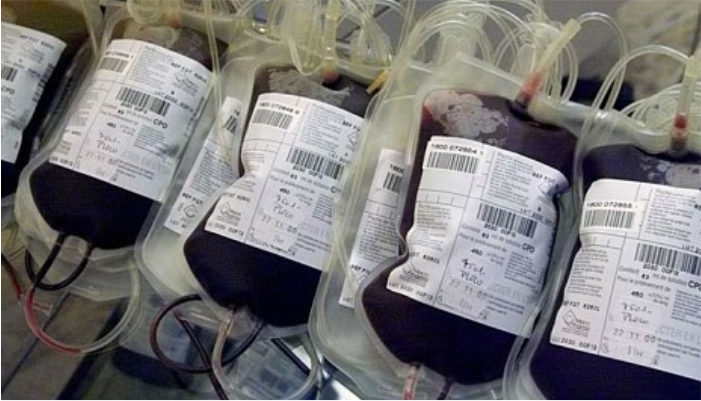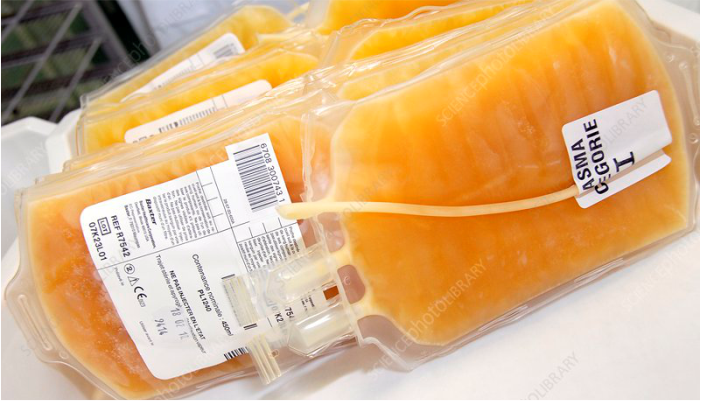Preparation for a Blood Transfusion

Successful blood transfusions depend on rigorous preparation, accurate identification, and strict adherence to protocol. This post outlines the standard practices for sample collection and blood issuance in transfusion services.
1. 🧪 Sample Collection
- Verify the patient’s name and identity band by asking the patient directly.
- If a transfusion wristband is used, label it with the patient’s full name, hospital number, and date.
- Label the sample tube at the bedside with the patient’s full name, hospital number, and date of collection.
- Include phlebotomist’s initials and a confirmation of ID verification on the requisition form.
- Do not collect a sample if wristband and ID plate data do not match. Errors must be resolved before proceeding.
- ID bands should be attached to the patient’s body, not taped to the bed or chart.
- Removed or lost ID bands require full re-identification and a new sample collection.
- Clerical errors are the leading cause of hemolytic transfusion reactions — bedside labeling is essential.
- Reject all tubes with incomplete, loose, or wax pencil labeling.
2. 🏥 Issuing Blood
- Unless otherwise indicated, issue the oldest compatible crossmatched unit first.
- For patients with a mix of autologous/directed and allogeneic units, issue autologous/directed blood first.
- Before release, inspect each unit for clots, hemolysis, or discoloration. Do not use abnormal units.
🧾 Double-Check Identification
Two trained staff members (e.g., nurse and technologist) must verify the following:
- Patient’s name and hospital number
- Patient’s ABO and Rh type
- Donor ABO and Rh type
- Component being issued, donor number, and expiration date
- Crossmatch results (if applicable)
- Antibody screen findings
Any discrepancies must be resolved before release.
📝 Documentation
- The nurse and technologist must certify the verification in writing with date and time.
⚠️ Unit Handling Guidelines
- Only one unit at a time should be issued for elective transfusions (unless urgent).
- Never allow staff to pick up more than two units at once for a single patient.
- This ensures no unit is left at room temperature for extended periods, which can risk contamination.
📌 Summary
Strict patient identification and controlled issuance of blood units are critical to prevent errors in transfusion. These guidelines aim to uphold safety, minimize risk, and ensure quality care during the transfusion process.


